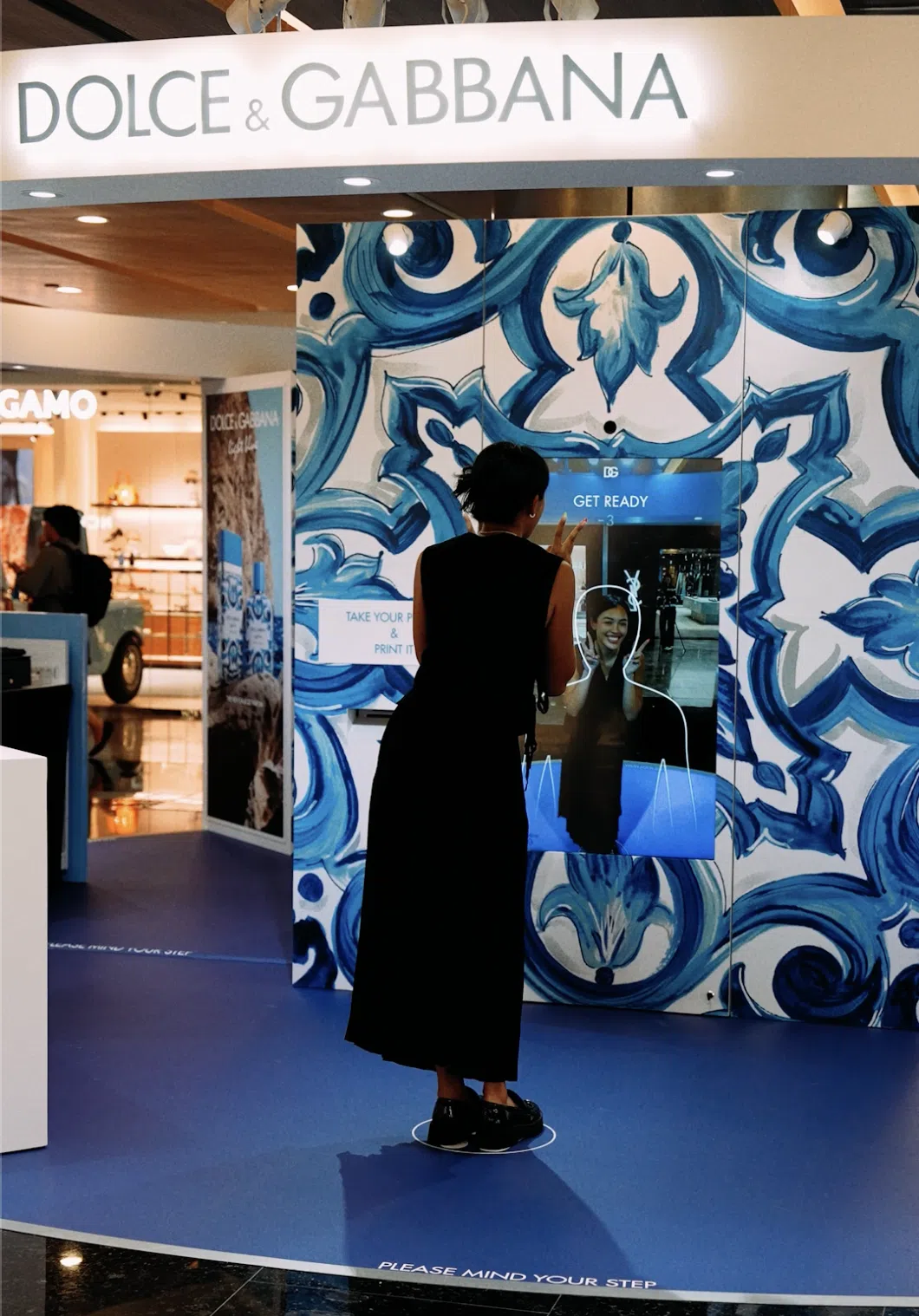Retail is evolving with immersive shopping experiences. By combining digital and physical elements, retailers create personalized shopping journeys using AR mirrors and photobooths. These technologies deliver practical benefits: increased customer engagement, higher sales, fewer returns, and stronger loyalty. This article examines how these innovations are changing customer interactions and becoming necessary tools in today’s retail landscape.
What is Immersive Shopping?
Immersive shopping integrates digital and physical retail experiences to create more engaging, personalized, and interactive customer journeys. Using technologies like AR mirrors, photobooths, and virtual reality (VR), it combines e-commerce convenience with the tactile benefits of in-store shopping. This evolution creates new opportunities for businesses to enhance customer engagement, improve operational efficiency, and drive revenue growth.
Key Technologies Driving Business Value in Immersive Retail
Retailers invest in technology for tangible returns, and immersive shopping technologies deliver measurable results. Here’s why retail executives are paying attention:
Augmented Reality (AR): The Conversion Machine
AR mirrors fundamentally transform the retail experience by eliminating purchase uncertainty. These interactive displays allow customers to virtually try products without physical handling, creating a frictionless shopping journey. From a business perspective, this technology delivers measurable impact: retailers implementing AR solutions typically see substantial increases in conversion rates while simultaneously reducing return rates. This dual benefit directly improves profitability through increased sales efficiency and decreased operational costs associated with processing returns. By giving customers confidence in their purchase decisions, AR mirrors solve practical retail challenges while delivering clear ROI.
Example: Sephora's Virtual try-on allows customers to try on makeup virtually, resulting in a 35% increase in online conversions and a 25% rise in add-to-basket rates compared to non-AR shoppers (Source: theglimpsegroup.com).
Virtual Reality (VR): Endless Aisles in Limited Space
Imagine fitting your entire furniture catalog into a boutique-sized showroom. That’s the VR magic. For high-ticket items like luxury fashion or home furnishings, VR creates a “try before you buy” experience without requiring massive floor space. Retailers are using this to showcase complementary products—”That sofa looks amazing, but have you considered these accent tables?”—driving up average order values while keeping inventory lean. It’s like having a showroom that defies the laws of physics.
Example: IKEA's VR showrooms let customers visualize furniture in their homes, increasing purchase confidence and reducing returns by 35% (Source: appifycommerce.com).
Artificial Intelligence (AI): The Crystal Ball That Pays For Itself
AI isn’t just buzzword bingo for retailers—it’s transforming operations from guesswork to science. By predicting consumer demand with eerie accuracy, retailers can slash carrying costs and place smarter bets on inventory. Marketing teams are using AI to personalize at scale, ensuring each customer sees exactly what they’re most likely to purchase. The result? More efficient spending and the ability to spot emerging trends before competitors do. In retail’s thin-margin world, this predictive power is worth its weight in gold.
Example: Stitch Fix uses AI to analyze customer preferences and purchase history, resulting in a 40% increase in average order value through personalized recommendations (Source: tacticone.co).
3D Modeling: Create Once, Deploy Everywhere
The days of expensive product photoshoots are numbered. Today’s savvy retailers are creating 3D models that work overtime—appearing on websites, in-store displays, marketing campaigns, and social media without missing a beat. Beyond cost savings, these assets enable “fail fast” testing of new concepts before committing to production. Noticed a trending color on social media? With 3D assets, you can have that product variation live on your site by tomorrow, gauging interest before a single physical item is produced. That’s the kind of agility that keeps retailers ahead of fickle consumer preferences.
Increased Cart Additions: Shoppers were 44% more likely to add an item to their cart after interacting with it in 3D (Source: Shopify).
The Win-Win of Immersive Shopping
Shoppers: The Perks You’ll Actually Notice
Let’s face it—shopping has its frustrations. Immersive shopping tackles these head-on, transforming the mundane into something worth talking about.
- Try Before You Buy: Skip fitting room lines and see clothes on yourself instantly with AR mirrors and photobooths. View dozens of items in minutes without undressing.
- Time-Efficient Shopping: Virtual try-ons eliminate guesswork and unnecessary trips. Browse entire catalogs in minutes instead of hours.
- Social Integration: Social shopping turns scrolling into discovery. See something you like in your feed? Two taps and it’s yours.
- Fun Experience: Immersive technologies make shopping entertaining again. Try bold styles risk-free and visualize products in your space before committing.
Consumer Preference for AR Experiences: NielsenIQ found 61% of shoppers prefer retailers offering AR, with 56% feeling more confident about product quality when AR is used. (Source: Forbes Councils)
Retailers: Where Innovation Meets ROI
Beyond the buzzwords, immersive shopping delivers concrete business outcomes that executives can take to the board:
- Longer Engagement, Higher Sales: AR mirrors and photobooths increase interaction time, boosting order values and reducing bounce rates, directly driving purchases.
- Privacy-Friendly Data Insights: Virtual try-ons reveal product preferences and trends, optimizing inventory while respecting customer privacy.
- Creating Brand Advocates: Memorable experiences convert one-time buyers into loyal customers who actively recommend your brand.
- Organic Social Promotion: Social shopping turns customers into content creators who showcase products to their networks, often outperforming traditional advertising.
Enhanced Conversion Rates: Visitors were 65% more likely to place an order after interacting with a product in AR. (Source: Shopify)
Real-World Applications and Success Stories
Let’s cut through the hype and look at how real businesses are actually winning with immersive retail. These aren’t just cool tech demos—they’re driving serious results where it matters most: the bottom line.
AR Virtual Try-Ons: The Fitting Room Revolution
Makeup by Mario’s revolutionary virtual try-on experience at Sephora Times Square, powered by Loook.ai’s cutting-edge AR Mirror, brilliantly solved the age-old problem of trying makeup without the hassle of removing existing products or seeking assistance from busy staff.
The immersive mirror captivated shoppers by featuring Mario’s lifelike avatar demonstrating professional bronzer application techniques, then seamlessly invited users to experience the complete glamorous look themselves with just a glance.
Spectacular results:
- Groundbreaking Innovation: First-ever AR Mirror installation in the prestigious Sephora Times Square flagship
- Exceptional Engagement: 2,160 total activations (averaging 9 enthusiastic users per hour)
- Dramatic Traffic Boost: Significantly increased store foot traffic as word spread about the must-try experience
- Universal Appeal: Successfully attracted and delighted diverse age groups across demographics
This game-changing implementation perfectly demonstrates how AR mirrors are transforming the retail landscape by creating irresistibly engaging experiences that elegantly address specific consumer pain points in the competitive beauty sector.
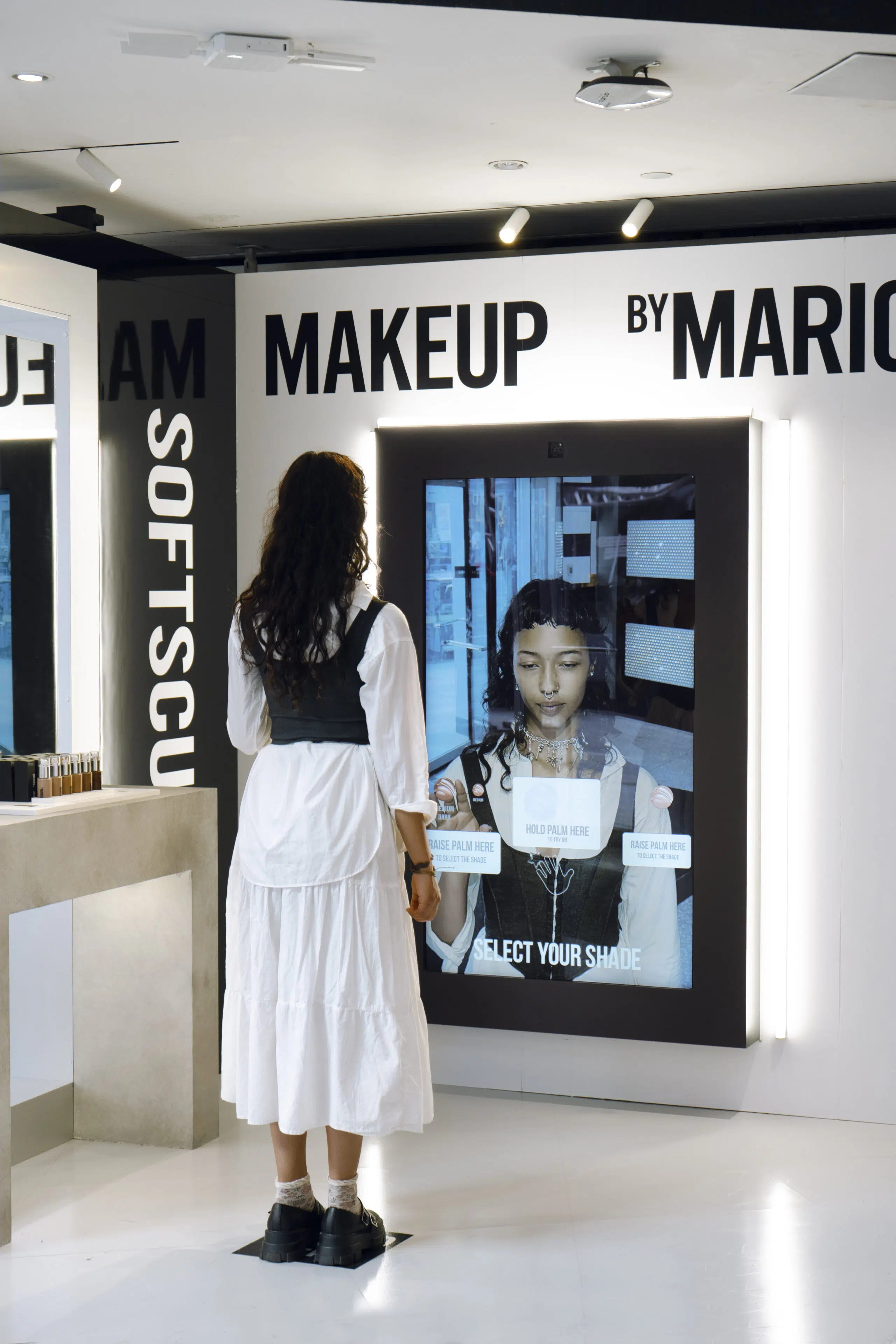
Step into Sephora Times Square and discover the groundbreaking AR Virtual Try-Ons with Makeup by Mario.
Smart Storefronts: Working 24/7 When Your Staff Can’t
Bershka created excitement in Barcelona with their interactive storefront powered by Loook.ai. Imagine passing by their store after hours and being entertained by an engaging AR effect that allowed limited virtual try-on of select items through their window display. This innovative implementation let pedestrians interact with fun, attention-grabbing AR content featuring Bershka’s trendy outfits 24/7, even when the store was closed. The results were impressive: an increase in next-day foot traffic and significantly higher engagement with their featured collection.
Discover the power of interactive AR storefronts in Barcelona, where Loook.ai’s technology brought Bershka’s fashion to life—even after hours!
AR Photobooths: Turning Shoppers into Marketers
The impact of AR photobooths goes beyond theory—just look at the Dolce & Gabbana x Saks Fifth Avenue collaboration powered by Loook.ai. This luxury retail installation allowed shoppers to virtually try on D&G’s exclusive collection and instantly share their virtual fashion moments.
The results were remarkable: the AR photobooth generated thousands of authentic social media impressions as shoppers eagerly shared their virtual try-on experiences across platforms. This high-profile implementation perfectly demonstrates how luxury brands can transform ordinary shoppers into enthusiastic brand ambassadors while collecting valuable engagement data. That’s the kind of measurable ROI that makes marketing executives take notice.
Experience the magic of AR photobooths at Saks Fifth Avenue, where Loook.ai brought D&G’s exclusive collection to life.
Pop-Up Shops: The Art of Retail FOMO
Valentino partnered with Loook.ai to create an AR photobooth at their Flatiron Plaza pop-up for virtual try-ons of their new lip color collection. The results were impressive:
- High engagement: 1,579 branded photos printed in 2 days (80/hour).
- Social media amplification: Shareable printed photos of virtual try-on looks.
- Authentic brand excitement: Significantly boosted interest in the overall pop-up.
This created that coveted “I was there” moment through AR, generating authentic excitement and social buzz that traditional retail struggles to achieve.
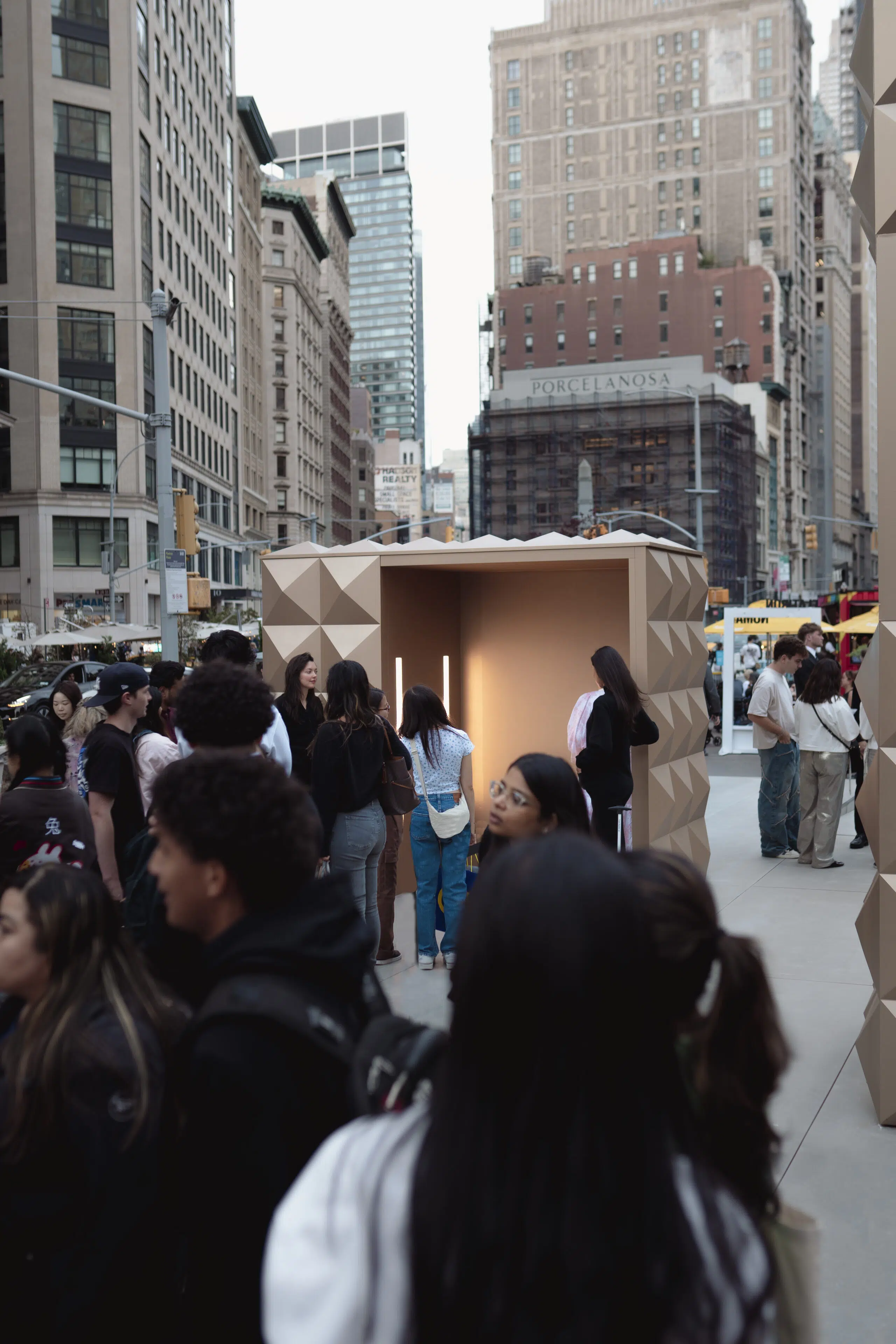

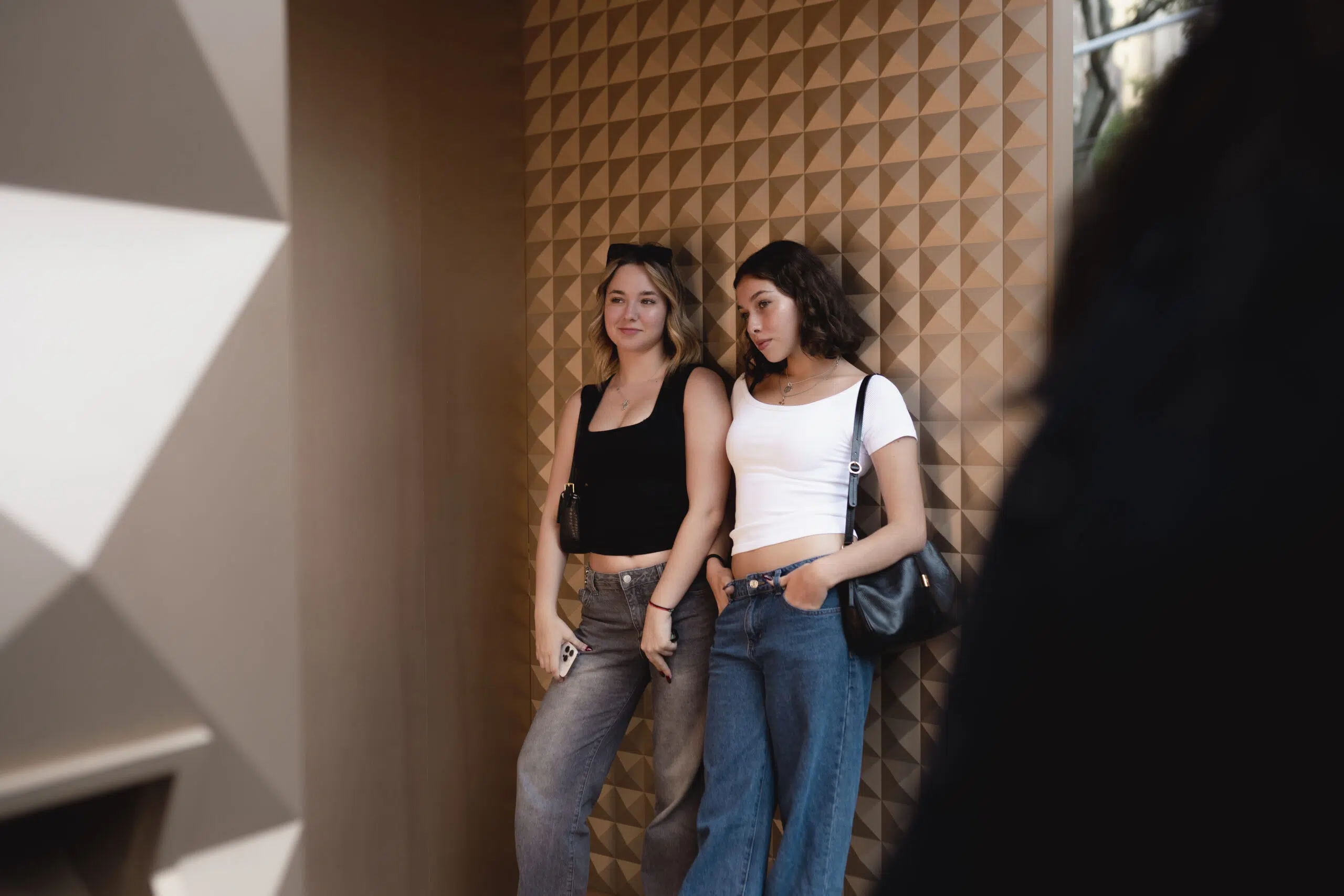
Join the exclusive AR photobooth experience at Valentino's Flatiron Plaza pop-up, powered by Loook.ai.
Experiential Retail: Transforming Commerce into Compelling Narratives
Traditional retail environments often fail to meet modern consumers’ expectations. Enter experiential retail, a strategic approach that transforms ordinary transactions into memorable journeys. This shift goes beyond conventional merchandising by creating immersive, shareable moments that naturally integrate purchasing within a broader narrative of discovery and engagement.
Examples: Imagine the transformation: A customer walks into a retail space and finds interactive opportunities instead of passive displays. They can see a tailored suit on their body through an AR mirror without the hassle of changing rooms, or join a workshop where they customize products while enjoying premium refreshments. These experiences represent a complete reimagining of shopping—creating events that consumers eagerly anticipate.
In today’s competitive marketplace, experiential retail has evolved from an optional strategy to a business necessity. When products become increasingly similar, experiences become the key competitive advantage. Forward-thinking retailers aren’t just selling merchandise—they’re building passionate advocates who eagerly share their unique experiences through authentic word-of-mouth. This organic promotion delivers marketing results that traditional advertising simply can’t match, no matter how much you spend.
The Future of Immersive Shopping: Opportunities for Businesses
Let’s peek into retail’s crystal ball, shall we? The future of immersive shopping isn’t just exciting—it’s packed with goldmine opportunities for forward-thinking businesses. While your competitors are still debating whether to upgrade their POS systems, you could be revolutionizing how customers experience your brand.
AI and Personalization
Remember when “personalization” meant slapping a customer’s name in an email? Those days are long gone. With AI powering immersive retail experiences, we’re talking about shopping journeys so tailored they practically read minds. Imagine a customer walking into your store and the AR mirror not just recognizing them but even adjusting recommendations based on whether they look happy or stressed today. This isn’t sci-fi—it’s the next competitive battlefield where customer loyalty will be won or lost.
Global Scalability Made Simple
Cloud-based AR technology now scales effortlessly across global retail networks. Retailers can deploy identical immersive experiences to hundreds of stores simultaneously, maintaining brand consistency while reducing costs. From Tokyo to Toronto, customers enjoy the same seamless virtual try-ons everywhere. This technology is no longer enterprise-exclusive—mid-sized retailers can now establish cutting-edge presence in global markets without complex IT requirements.
Global Expansion and New Markets
While North America and Europe have been hogging the immersive commerce spotlight, the real growth story is happening elsewhere. Markets like India, Brazil, and Nigeria aren’t just adopting these technologies—they’re leapfrogging straight to the cutting edge. The global appetite for immersive retail is ravenous, and smart businesses are already mapping their expansion strategies accordingly. The question isn’t whether your brand should go global with immersive tech—it’s whether you can afford not to.
The Role of AR Mirrors and Screens in Immersive Shopping
AR mirrors and screens aren’t just tech toys—they’re retail game changers, bridging online convenience with in-store shopping through tools customers actually want to use. AR mirrors enable virtual product try-ons without fitting rooms, acting as honest digital shopping companions that show how things truly look without sales pressure. Interactive AR screens create engaging displays where customers can rotate products, explore colors, and examine details at their own pace.
For retailers, these technologies deliver concrete results: increased sales, reduced returns, and enhanced customer satisfaction. When shoppers preview exactly what they’re getting, they make better decisions and enjoy memorable experiences that traditional advertising can’t replicate.
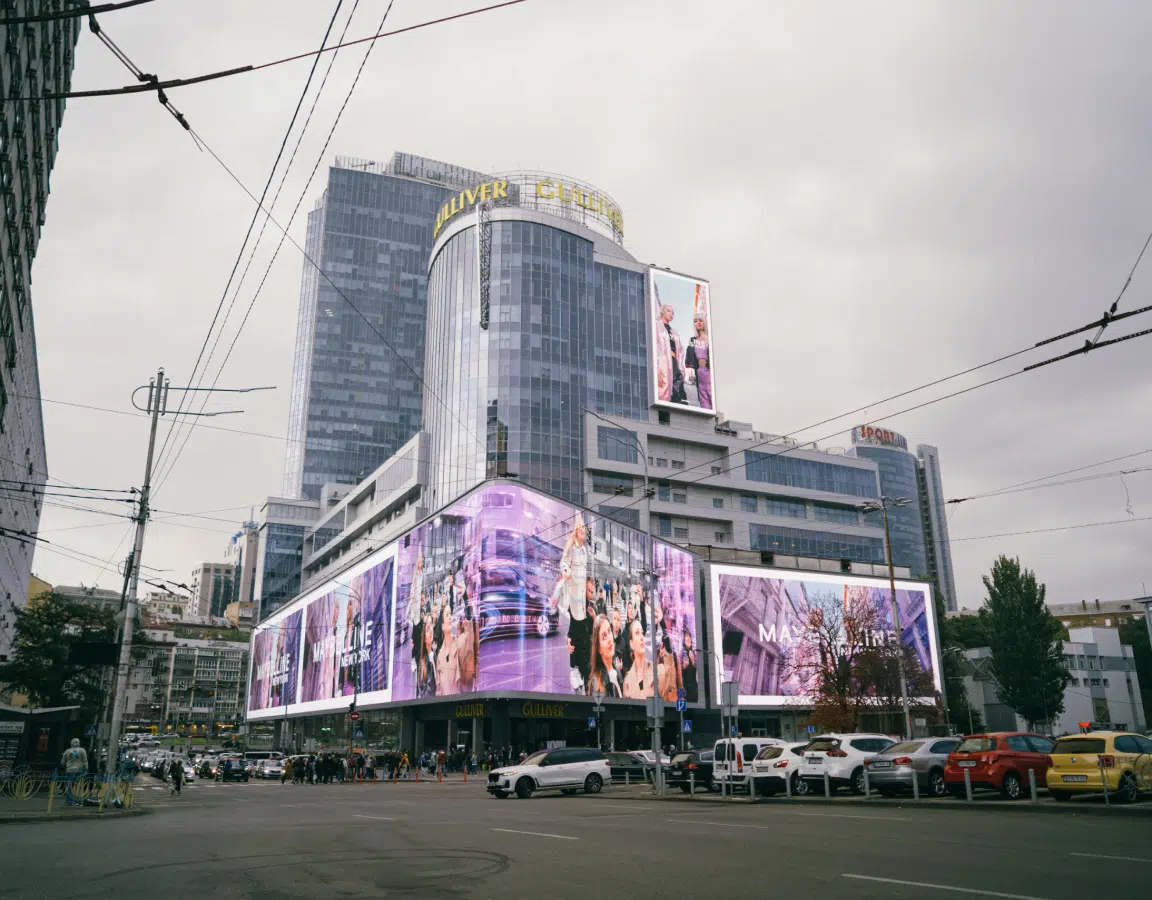
Turn Shopping into an Experience with Loook.ai
Ready to transform your retail space? Loook.ai App makes immersive shopping a reality with these game-changing features:
- Virtual Try-On Magic – Let customers see products on themselves without touching a thing! Our AR mirrors show shoppers exactly how that outfit or makeup will look in seconds.
- Customizable to Your Brand – Whether you need sleek digital storefronts, in-store AR mirrors, or show-stopping photobooths for your next pop-up, we tailor the experience to match your unique brand identity.
- Online-Offline Integration – Create seamless experiences that work across your physical stores and digital channels, giving customers the same wow factor everywhere they shop.
- Data Insights That Drive Sales – Discover what products customers love to try virtually, which displays get the most interaction, and how to optimize your inventory based on real engagement data.
- Set-Up in Days, Not Months – Our platform integrates with your existing systems, getting you up and running with immersive retail faster than you’d expect.
With Loook.ai as your partner, you’re not just selling products—you’re creating memorable moments that keep customers coming back and telling friends. Ready to leave your competition in the dust while boosting sales and slashing returns? Let’s reimagine retail together.
Conclusion: A New Era of Retail
Immersive shopping is transforming retail fundamentally. Today’s brands create compelling experiences that attract customers rather than pushing sales. AR mirrors turn fitting rooms into efficient spaces for trying multiple outfits quickly, while photobooths transform shoppers into brand ambassadors. These technologies deliver measurable results in conversions, fewer returns, and genuine customer loyalty.
Tomorrow’s retail winners will be those creating meaningful connections through immersive commerce, not necessarily the biggest brands. While competitors deliberate, innovative retailers are already enabling virtual try-ons, encouraging social sharing, and increasing conversions. In this retail revolution, you must choose: lead or follow?
Explore our latest posts:
- Retailtainment: What It Means for Modern Retail (With Examples)
- AI-Driven OOH: Turning Physical Screens Into Intelligent Media Channels
- Interactive Out-of-Home Advertising: The Future of Public Brand Engagement
- The Business Impact of Immersive Shopping Experiences
- Customer Analytics in Retail Industry: How to Collect Insights and Drive Sales

